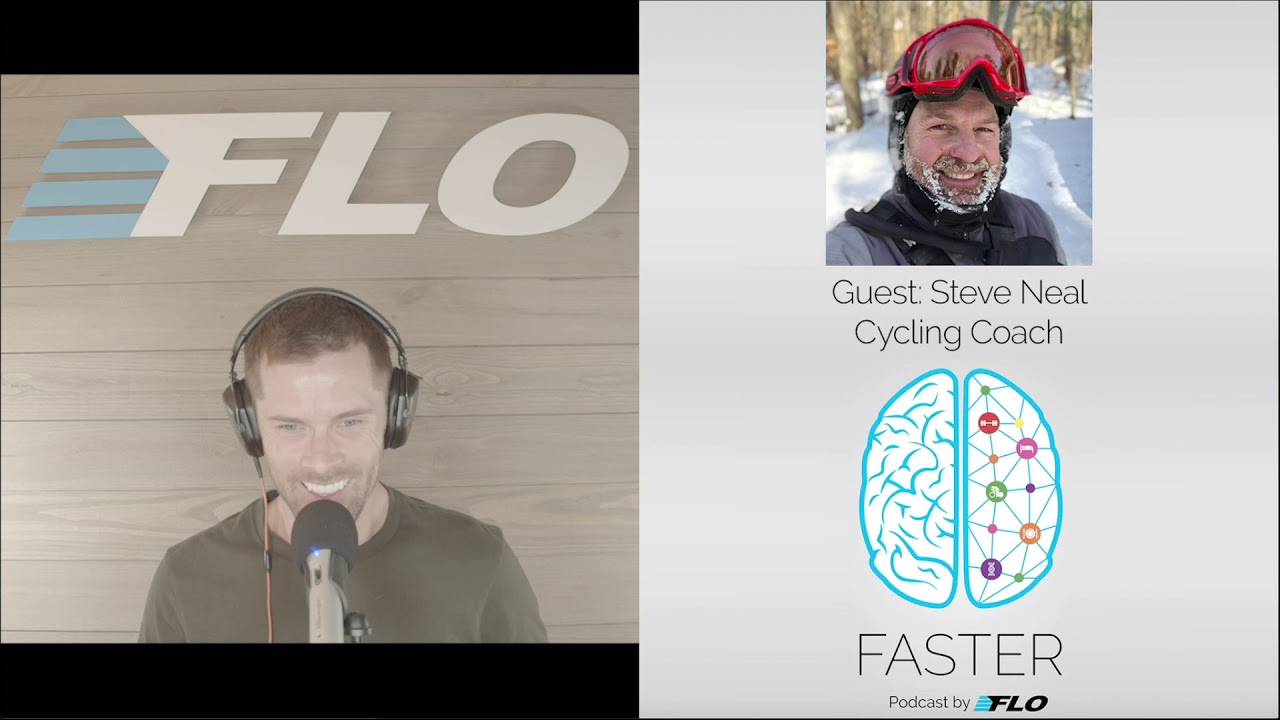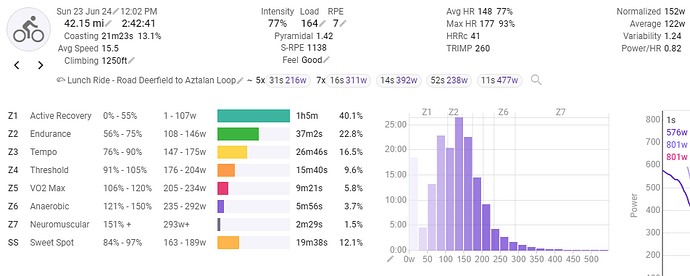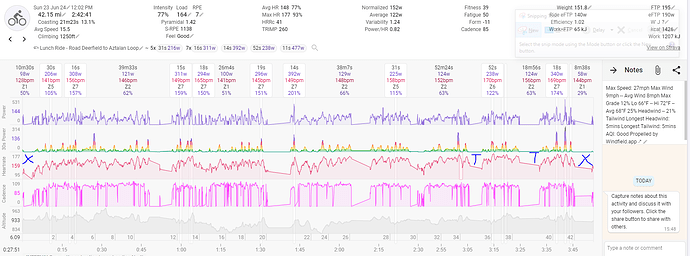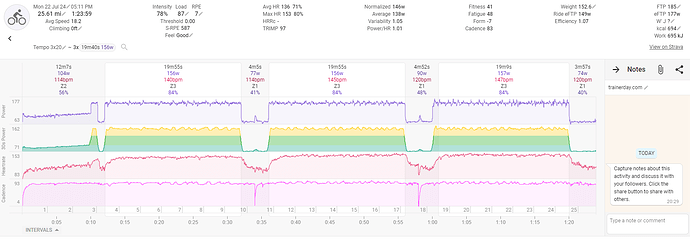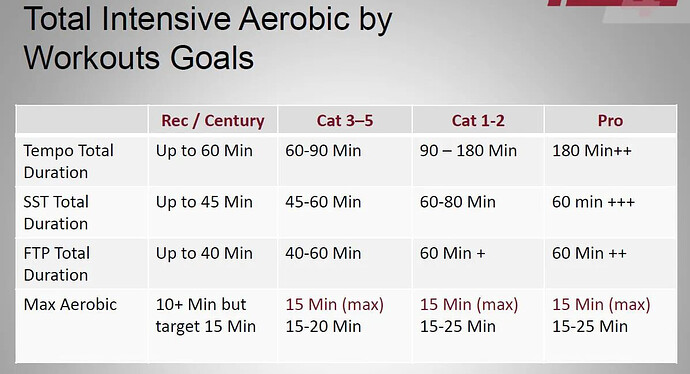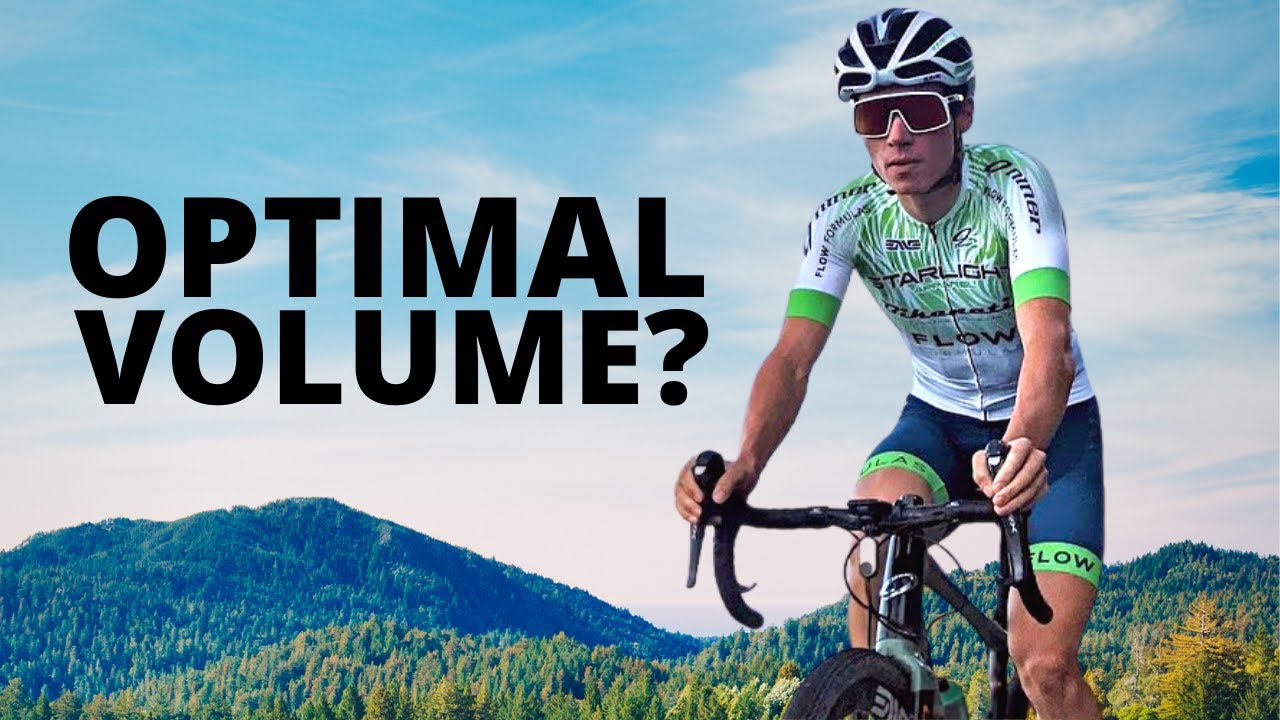Thank you for sharing. This was a hard ride. You spend almost the whole ride in zone 3 with regular spikes in zones 4, 5, and 6.
If my profile would look like this, I would feel tired, too. The main goal of this ride isn’t improving your aerobic fitness. It improves muscular endurance.
I hardly do these rides. Maybe once or twice a month. Most of the time, I ride slower or much harder. Now, that is easy for me to say because I don’t live in a hilly area like you do. I can ride 100km with 10 altitude meters. 
So, in the end, I think the feeling of being spent at the end of this ride is not out of the ordinary.
It is always good to know why you are doing certain training. Your body has a double engine. Actually, it is a triple one, but we are not aiming for sprints as endurance athletes.
There is the engine that runs on fat. Your body has so much fat stored that you won’t be able to empty this storage, even if you wanted. This will provide you with energy forever, but the process of burning fat is complex, so the delivery is slow, and so is your pace.
The other engine runs on carbs. The delivery of energy from carbs is fast, which is why it can unleash great power. However, the storage is very limited, so you will run out in 1 to 3 hours, depending on your pace.
It is important to know that no matter what pace you are riding at, there is always a mix between these two.
Riding slow will provide you with a lot of benefits that will enhance both engines, but especially the fat engine. Riding fast will enhance the carb engine.
Last thing that is important to understand is that lactate is always formed, even at slow speeds (or no speeds). But when lactate levels rise they, because you attacked a climb, it will take the body 20-45 minutes to get back in the slow-mode were zone 2 training will be beneficial.
So, if you ride with friends, and you take turns riding up front of your group 10 minutes of zone 4 every hour, you will almost eliminate your 50 minutes of zone 2 training, because your body is using that lactate as a source of energy instead of fat.
That is why polarised training is so popular. It divides your training and addresses the right zone at the right time.
Does this mean you shouldn’t do the intervals you set out to do? No, absolutely not. Training is a fun way to discover and there is not one solution.
So, in the end, I think you have the right to be tired at the end of the ride you did. 
I would suggest to aim for 60-90 grams of carbs per hour. That will make rides like these a lot more comfortable, and you will recover a lot faster.
Remember: carbs are not the enemy. Low-quality food and poor planning are. A good alternative for low carb is intermitted fasting. This way, you can still benefit from the ketones, but also get the carbs in. A 16-8 or 18-6 will do. Meaning you fast for 16-18 hours and eat in 6-8 hours.
I use this most of the time. I only skip this routine when I train in the evening. 
Take four weeks to do the training and start with smaller intervals. Work your way up to 3x20.
Do not change anything else. That way you can properly monitor the result. This goes for food and training. One thing at a time. See where you stand in four weeks.
Have a great weekend
